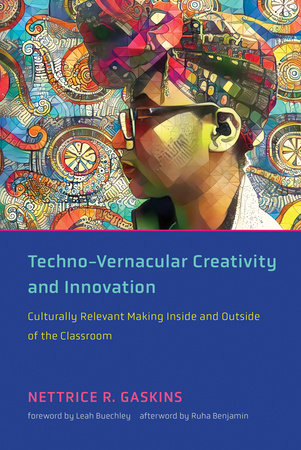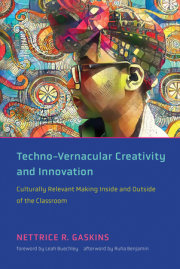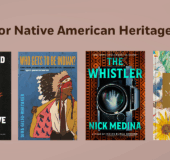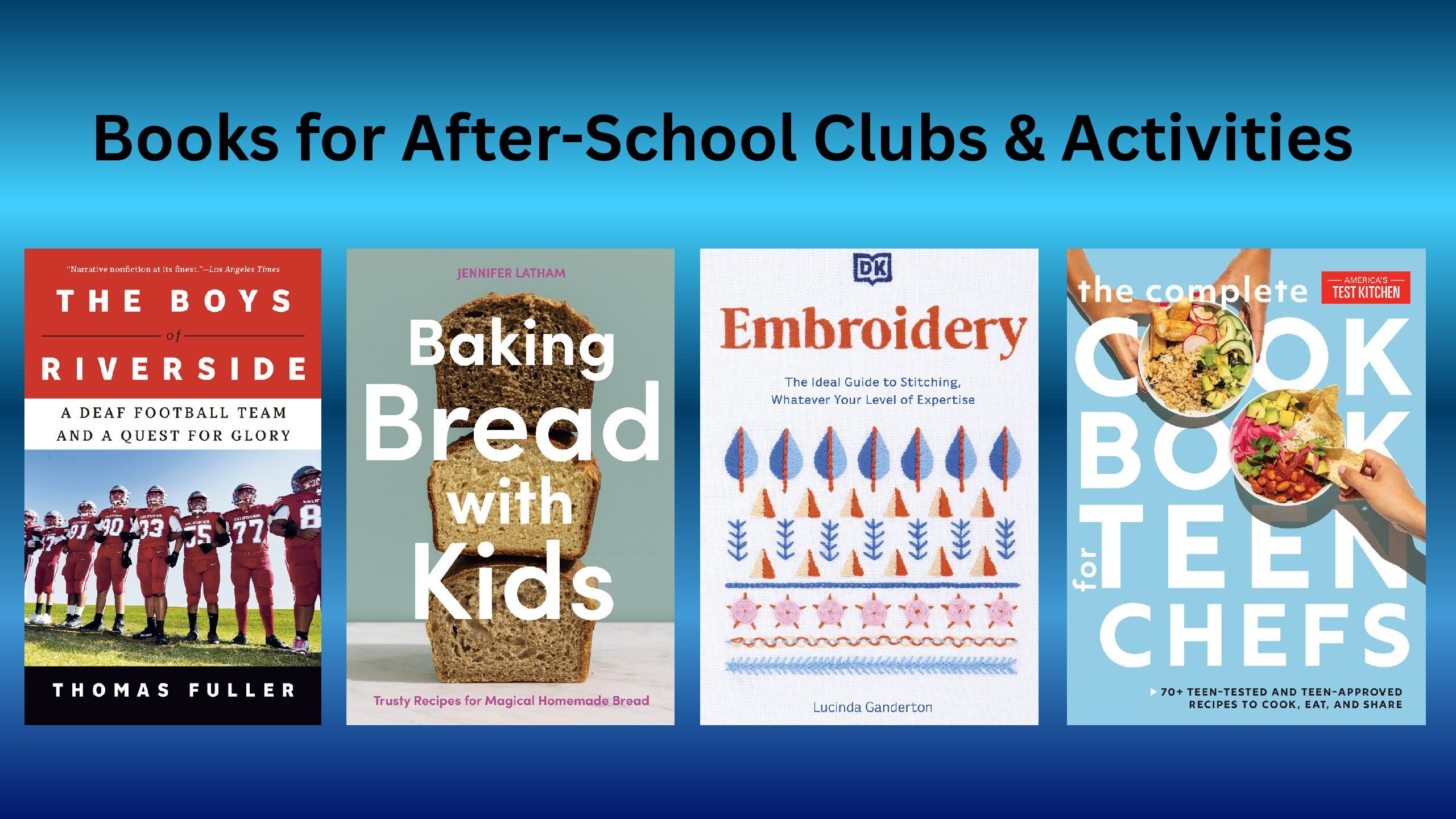Foreword by Leah Buechley ix
Acknowledgments xi
Preface xv
Introduction 1
Part I: Reappropriation
Chapter 1: Self-taught Engineering, Upcycling and Speculative Design 15
Chapter 2: Hitting Switches & The Hero's Journey 31
Part II: Remixing
Chapter 3: Conceptual Remixing and Computation 53
Chapter 4: Remixing in Teaching and Learning 71
Part III: Improvisation
Chapter 5: Tangible and Embodied Improvisation 89
Chapter 6: Improvisational STEAM Learning and Making 105
Part IV: TVC and Culturally Relevant Making
Chapter 7: TVC and Implications for STEAM Teaching and Learning 125
Conclusion: Building a Culturally Relevant Maker Toolkit 137
Afterword by Ruha Benjamin 149
References 153
Index 171






